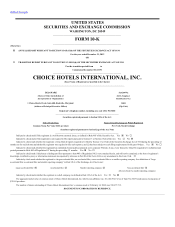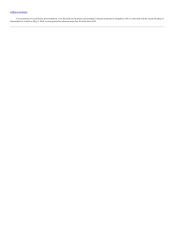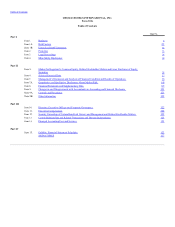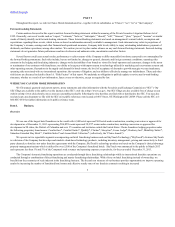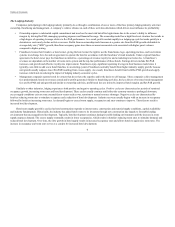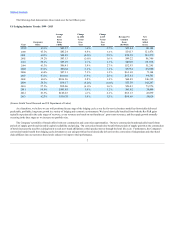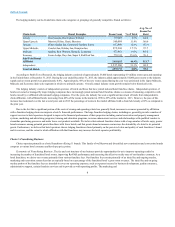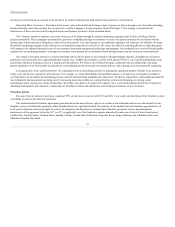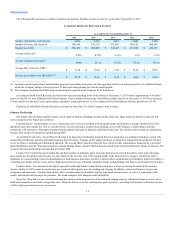Comfort Inn 2013 Annual Report Download - page 6
Download and view the complete annual report
Please find page 6 of the 2013 Comfort Inn annual report below. You can navigate through the pages in the report by either clicking on the pages listed below, or by using the keyword search tool below to find specific information within the annual report.
Table of Contents
The Lodging Industry
Companies participating in the lodging industry primarily do so through a combination of one or more of the three primary lodging industry activities:
ownership, franchising and management. A company’s relative reliance on each of these activities determines which drivers most influence its profitability.
•Ownership requires a substantial capital commitment and involves the most risk but offers high returns due to the owner’s ability to influence
margins by driving RevPAR, managing operating expenses and financial leverage. The ownership model has a high fixed-cost structure that results in
a high degree of operating leverage relative to RevPAR performance. As a result, profits escalate rapidly in a lodging up-cycle but erode quickly in a
downturn as costs rarely decline as fast as revenue. Profits from an ownership model increase at a greater rate from RevPAR growth attributable to
average daily rate ("ADR") growth, than from occupancy gains since there are more incremental costs associated with higher guest volumes
compared to higher pricing.
•Franchisors license their brands to a hotel owner, giving the hotel owner the right to use the brand name, logo, operating practices, and reservations
systems in exchange for a fee and an agreement to operate the hotel in accordance with the franchisor’s brand standards. Under a typical franchise
agreement, the hotel owner pays the franchisor an initial fee, a percentage-of-revenue royalty fee and a marketing/reservation fee. A franchisor’s
revenues are dependent on the number of rooms in its system and the top-line performance of those hotels. Earnings drivers include RevPAR
increases, unit growth and effective royalty rate improvement. Franchisors enjoy significant operating leverage in their business model since it
typically costs little to add a new hotel franchise to an existing system. Franchisors normally benefit from higher industry supply growth, because
unit growth usually outpaces lower RevPAR resulting from excess supply. As a result, franchisors benefit from both RevPAR growth and supply
increases which aids in reducing the impact of lodging industry economic cycles.
•Management companies operate hotels for owners that do not have the expertise and/or the desire to self-manage. These companies collect management
fees predominately based on revenues earned and/or profits generated. Similar to franchising activities, the key drivers of revenue based management
fees are RevPAR and unit growth and similar to ownership activities, profit based fees are driven by improved hotel margins and RevPAR growth.
Similarly to other industries, lodging experiences both positive and negative operating cycles. Positive cycles are characterized as periods of sustained
occupancy growth, increasing room rates and hotel development. These cycles usually continue until either the economy sustains a prolonged downturn,
excess supply conditions exist or some external factor occurs such as war, terrorism or natural resource shortages. Negative cycles are characterized by
hoteliers reducing room rates to stimulate occupancy and a reduction of hotel development. Industry recovery usually begins with an increase in occupancy
followed by hoteliers increasing room rates. As demand begins to exceed room supply, occupancies and rates continue to improve. These factors result in
increased hotel development.
Hotel room supply growth is cyclical as hotel construction responds to interest rates, construction and material supply conditions, capital availability
and industry fundamentals. Historically, the industry has added hotel rooms to its inventory through new construction due largely to favorable lending
environments that encouraged hotel development. Typically, hotel development continues during favorable lending environments until the increase in room
supply outpaces demand. The excess supply eventually results in lower occupancies, which results in hoteliers reducing room rates to stimulate demand, and
reduced hotel development. Over time, the slow growth in hotel supply results in increased occupancy rates and allows hotels to again raise room rates. The
increase in occupancy and room rates serves as a catalyst for increased hotel development.
6

